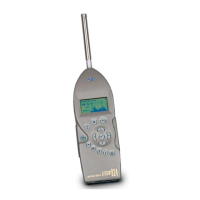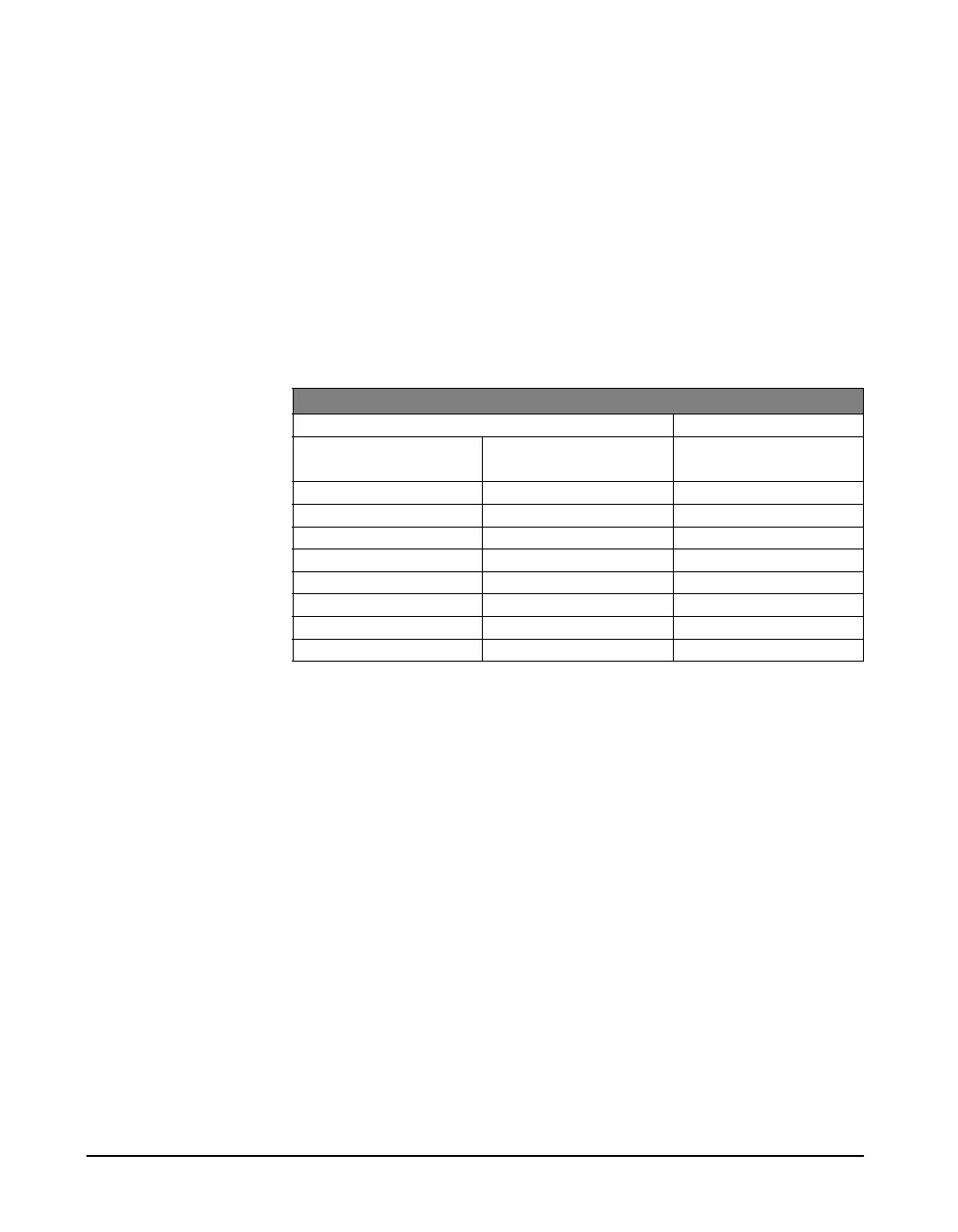D-6 824 Reference Manual 9/29/09
multiplied by 10 to create the decibel value (see equation D-
1 below).
For every 10 decibels, a unit called Bel is created. The
decibel stands for:
deci for “one tenth” and bel for “Bel”
(compare decimeter). The relationship between Bel and
decibel is thus: 1 Bel = 10 decibels. It is not possible to
directly add or subtract decibel values, since addition of
logarithmic values correspond to multiplication of the
original quantity.
Each time the sound
pressure level increases by 6 dB, the
corresponding sound
pressure value is doubled and thus
multiplied by 2. Each time the sound
power level increases
by 3 dB, the sound
power value is multiplied by 2. Thus, it is
important to notice that a doubling of the
sound power is
equal to 3 dB, and a doubling of the sound pressure is equal
to 6 dB, since a doubling of the sound pressure will result in
a quadruple increase of the sound power. The advantage
with using dB is simply that they remain the same even if we
use sound pressure or sound power. Compare this to the use
of voltage and power units in electrical engineering, units
being related by
P~V
2
. In table 2 an illustration is made of
values calculated on sound pressure, non-squared units.
The original definition of decibel was intended for power-
like quantities, such as sound power. If we consider sound
pressure levels instead (usually denoted
P in acoustics), the
Table 1
Power form, squared units
Level form
Ration of Value to Reference
Exponential Form of
Ratio
10•Exponent
1
10
0
0
10
10
1
10
100
10
2
20
200
10
2.3
23
1,000
10
3
30
10,000
10
4
40
100,000
10
5
50
1000,000
10
6
60
(eq. D-1)

